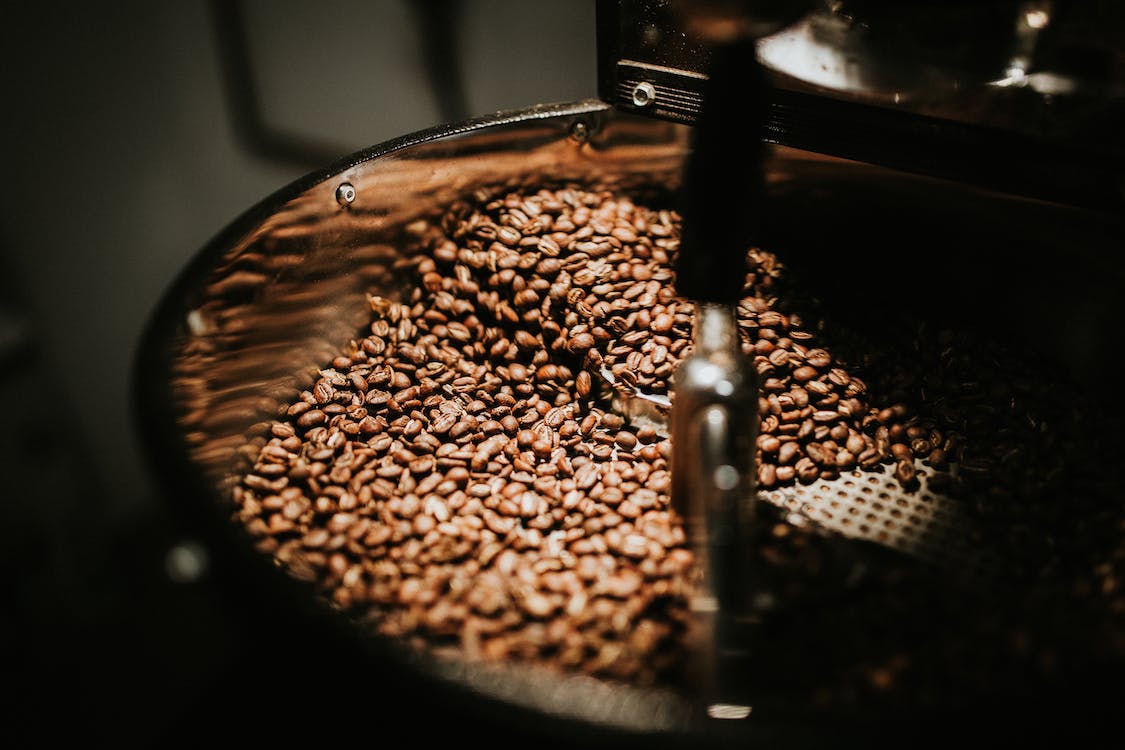
FAQ About Coffee

What is decaffeinated coffee and how is it made?
Decaffeinated coffee, as the name suggests, is coffee that has had most of its caffeine content removed. Decaffeination is a process that aims to reduce the caffeine levels in coffee beans while retaining the flavor and aroma of the coffee. Here is an overview of the decaffeination process:
Selection of Beans: Coffee beans that are intended for decaffeination are typically selected based on their quality and flavor characteristics, just like regular coffee beans.
Pre-Treatment: The selected coffee beans undergo a pre-treatment process, which can involve steaming or soaking them in hot water. This step helps to remove any dirt, impurities, and external substances present on the beans.
Extraction of Caffeine: There are various methods used to extract caffeine from the coffee beans. The most common decaffeination methods include:
a. Solvent-Based Methods:
- Direct Solvent Method: In this method, the coffee beans are soaked in a solvent, typically ethyl acetate or methylene chloride, which selectively removes caffeine from the beans. The solvent is then removed, and the beans are dried to eliminate any residual solvent. Ethyl acetate can be derived from natural sources like fruits, making it suitable for organic decaffeination.
- Indirect Solvent Method: Similar to the direct solvent method, this method involves soaking the beans in hot water to extract caffeine. The water is then combined with a solvent to remove the caffeine. The solvent is evaporated, and the caffeine-free water is reintroduced to the beans.
b. Swiss Water Process: This method is a non-solvent, chemical-free decaffeination process. It involves soaking the beans in hot water to extract caffeine and coffee solids. The resulting water, which contains the flavor components but no caffeine, is passed through a carbon filter that captures the caffeine. The beans are then re-immersed in the filtered water, allowing them to reabsorb the flavor compounds without the caffeine.
c. Carbon Dioxide (CO2) Method: In this method, high-pressure carbon dioxide is used as a solvent to extract caffeine from the beans. The CO2 selectively removes the caffeine, and once the pressure is reduced, the CO2 returns to its gaseous state, leaving behind caffeine-free coffee beans.
Drying and Packaging: After the caffeine extraction process, the decaffeinated coffee beans undergo drying to remove any residual moisture. The dried beans are then roasted, ground, and packaged like regular coffee beans.
